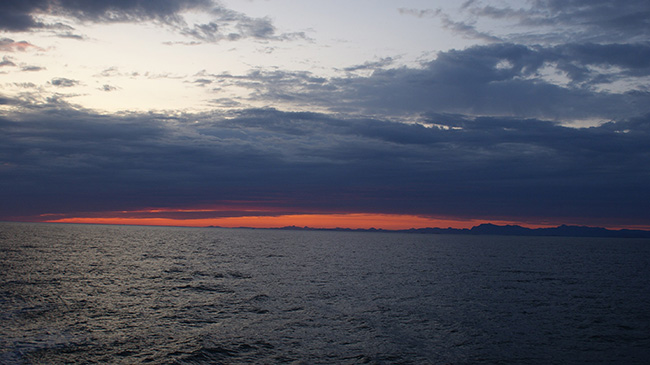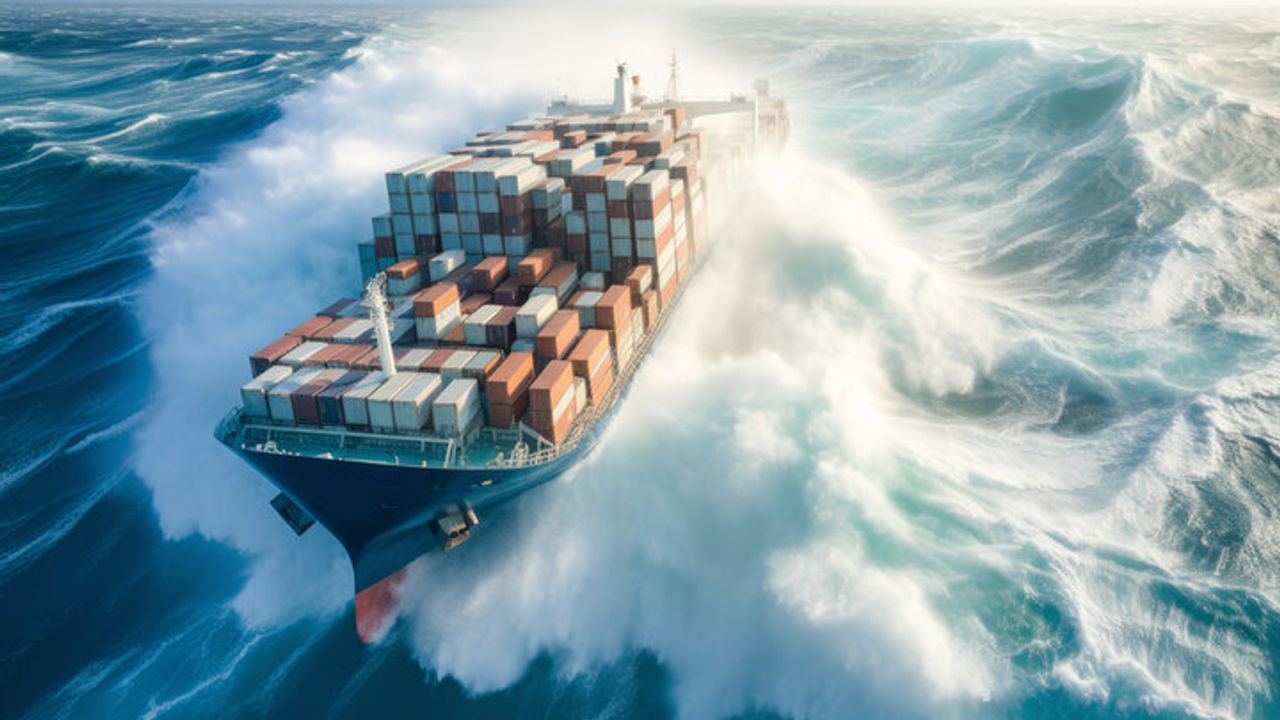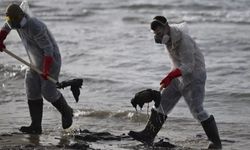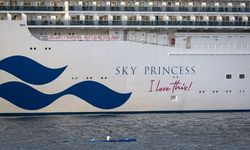Summary
- The danger level of sea routes can vary due to factors like weather conditions, currents, navigational hazards, piracy, and other environmental factors.
- Each sea route presents a unique set of challenges, from the fierce winds and waves of the Drake Passage to the geopolitical tensions in the South China Sea.
- Efforts to mitigate dangers include international initiatives against piracy, but persistent threats, as seen in the Gulf of Aden, highlight ongoing challenges.
The Drake Passage
Connecting the Atlantic and Pacific Oceans, the Drake Passage, located between South America's Cape Horn and the South Shetland Islands of Antarctica, is renowned for its tumultuous and unpredictable maritime conditions. Named after the famed explorer Sir Francis Drake, this narrow waterway is known for its fierce winds, towering waves, and challenging sea currents.
The combination of strong westerly winds, referred to as the "Roaring Forties," and the converging Antarctic Circumpolar Current makes the Drake Passage one of the most challenging and hazardous sea routes on the planet. Ships traversing this passage must contend with extreme weather, making it a test of both navigational skill and the resilience of seafaring vessels.

The Gulf of Aden
Situated between the east coast of Africa and the southwest coast of the Arabian Peninsula, the Gulf of Aden is a crucial transit point for international maritime traffic. Despite its importance, the region has gained notoriety for being a hotspot of piracy, making it one of the most dangerous sea routes globally. Since the early 2000s, pirate groups off the coast of Somalia have posed a severe threat to ships in these waters.
In response to the growing piracy concerns, the international community has taken decisive actions. Many warships have been sent to the region, and significant financial resources, totaling billions of dollars, have been invested to counter and suppress Somali piracy.
While these efforts contributed to a noticeable decrease in piracy incidents around 2012, the threat has not been completely eradicated. According to the latest report from the International Maritime Bureau (IMB), piracy remains a significant and persistent threat in the Gulf of Aden.
The Bering Sea
The 878,000 square kilometre Bering Sea between Alaska and Russia is one of the most dangerous sea routes for sailors. This sea area is significant for fisheries, shipping routes, and is home to diverse marine life.
However, the extreme cold, strong winds, and heavy ice make it one of the most demanding and hazardous seas for navigation. Mariners navigating the Bering Sea must contend with freezing temperatures, reduced visibility, and the constant threat of ice-related obstacles.

The Tasman Sea
Stretching between Australia and New Zealand, the Tasman Sea is a vast expanse of water known for its unpredictable and challenging sea conditions. Named after the Dutch explorer Abel Tasman, one of the notable characteristics of this sea is its susceptibility to rapidly changing weather conditions.
In addition, the Tasman Sea is prone to the formation of strong low pressure systems that can bring heavy rainfall, strong winds and rough seas. These meteorological phenomena make the Tasman Sea a challenging route for ships of all sizes.
The South China Sea
The South China Sea, a strategic body of water bordered by China, Vietnam, the Philippines, and other Southeast Asian nations, presents a unique set of challenges for maritime navigation. Seafarers navigating through these contested waters must not only contend with natural obstacles like typhoons but also navigate through the intricate web of political tensions.
This hotly contested region is a focal point for regional disputes and geopolitical tensions. Seafarers navigating through these contested waters must not only contend with natural obstacles like typhoons but also navigate through the intricate web of political tensions.
The Labrador Sea
Situated in the North Atlantic Ocean, the Labrador Sea is a body of water that borders the eastern coast of Canada and the southwestern coast of Greenland. Known for its extreme cold temperatures and challenging maritime conditions, the Labrador Sea is one of the lesser-known but equally demanding sea routes.
One of the primary challenges faced by vessels in the Labrador Sea is the presence of sea ice, especially during the winter months. The cold Labrador Current, flowing southward from the Arctic, brings frigid temperatures and causes the seawater to freeze, creating icebergs and sea ice fields. Navigating through these icy waters requires careful maneuvering, as the ice poses a significant hazard to ships. The Labrador Sea is also characterized by rapidly changing weather conditions. Intense storms, high winds, and heavy fog are common in this region, further complicating navigation.

The challenges encountered by mariners on the world's most perilous sea routes demand a blend of skill, resilience, and strategic planning. From navigating the icy waters of the Labrador Sea to facing the piracy threats in the Gulf of Aden, seafarers demonstrate courage in traversing these hazardous maritime paths. As the maritime community actively addresses these risks, it is essential for sailors to remain vigilant and adapt to the dynamic nature of these treacherous waters.







